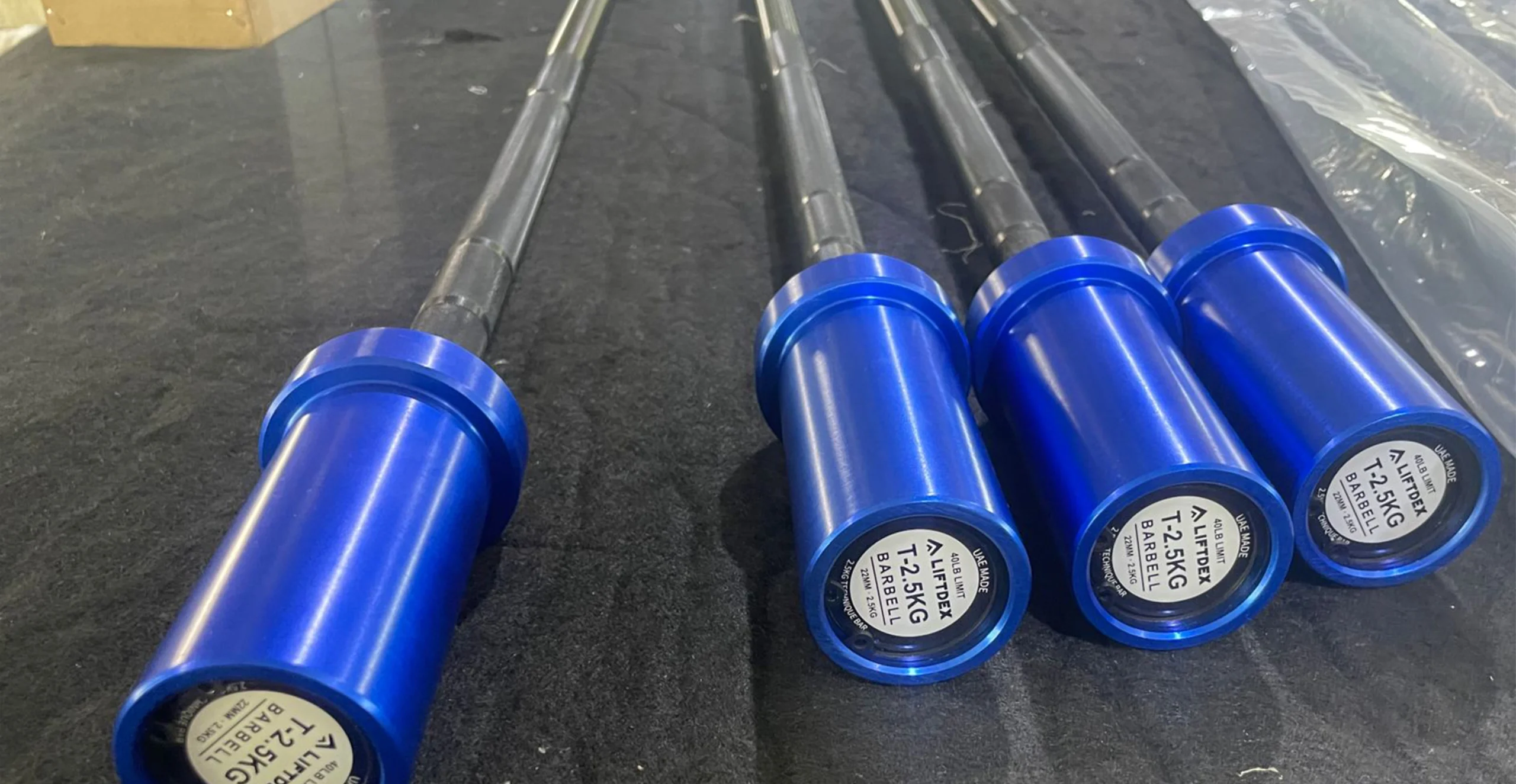Whether you are establishing a home gym or redesigning your existing setup, the choice of barbell equipment can significantly impact your workout experience and outcomes. Proper technique, safety, and alignment with your fitness objectives are all supported by the appropriate bar equipment. This focus will assist you in selecting the immaculate bar and supplements for your requirements.
Identify Your Fitness Goals
- Strength Training: Select a bar made for big weights and durability if you plan to perform powerlifting or strength-focused exercises (such as squats, deadlifts, and bench presses).
- Olympic Weightlifting: If you enjoy Olympic lifts (snatch, clean, and jerk), choose an Olympic barbell with smooth bearings to allow for quick movements and more whip (flexibility).
- General Fitness and Conditioning: A versatile bar is a good option for all-around training because it can manage moderate weights for a range of exercises.
Understand Barbell Types and Specs
- Standard Barbell: Standard bars, which are frequently available in home gyms, are thinner and typically 5–6 feet long. They work well with lighter weights. However, because of their restricted weight capacity, they are not appropriate for heavy lifts.
- Olympic Barbell: To fit Olympic plates, Olympic bars are 7 feet long with 2-inch sleeves. These bars are stronger and designed to support greater weights, typically between 700 and 1,000 pounds. An Olympic bar is the best option for the majority of strength training and CrossFit-style exercises.
- Specialty Bars: Speciality bars, such as Swiss bars for distinctive grips and less joint strain, safety squat bars, or trap bars (for deadlifts), can be used for certain training requirements.
Evaluate Barbell Quality and Material
- Steel Quality: To ensure durability and resistance to bending, look for bars made of premium steel with a high tensile strength rating (measured in PSI), ideally around 190,000 PSI or higher.
- Coating and Finish: Bars are available in black oxide, stainless steel, zinc, and chrome finishes. Stainless steel provides excellent grip and a rust-resistant finish, but it is typically more costly. Although black oxide feels natural, it might need more upkeep.
Consider Knurling
The textured grip on a bar, known as knurling, helps keep people from slipping. Knurling pattern and depth have an impact on grip; aggressive knurling offers a more secure hold and is best suited for heavy lifting. A moderate knurling pattern offers enough grip and comfort for general fitness.
- Powerlifting Bars: Are frequently knurled deeper to aid in bigger lifts.
- Olympic Bars: Usually feature dual markings for Olympic and powerlifting grip references and substantial knurling.
- Multipurpose Bars: Commonly used, light knurling offers grip without being overly harsh.
Check the Sleeve Rotation System
A bar’s sleeve rotation affects how smoothly it spins when being lifted. For lifts requiring quick, explosive movements, Olympic bars typically feature bushings or bearings to lower friction and provide smoother rotation. Olympic lifters may prefer bearings for a smoother feel, but bushings are adequate for general lifting.
- Choose the Right Weight Plates
- Standard Plates: Standard plates are perfect for lighter, non-Olympic bars and have holes that are one inch in diameter.
- Olympic Plates: These come in competition-grade, bumper (rubber-coated), or iron, and they suit Olympic bars. They have holes that are 2 inches in diameter.
- Bumper Plates: Bumper plates are perfect for Olympic and CrossFit-style workouts since they are made of dense rubber and can be dropped without breaking the floor or the plates. They also prolong the life of the bar and are quieter.
- Cast Iron Plates: Though they are strong and small, traditional cast iron plates are not designed to be dropped, so they work best in controlled lifting situations.
Determine Your Space and Storage Needs
Bars need enough room to be used and stored. Make sure you have enough space in your training environment to load, lift, and rack your bar securely. If you have several bars or plates, think about spending money on storage options like a bar stand or wall-mounted rack.
Conclusion
Selecting the appropriate barbell equipment is contingent upon your fitness objectives, available space, financial constraints, and personal preferences regarding materials and features. By taking into account these factors, you’ll be able to choose a bar and accessories that will improve your workouts, ensure proper form, and meet your specific training requirements. By having the appropriate gear, you can enhance both safety and efficiency in your strength training regimen.
Last Updated on November 5, 2024 by kingstar





